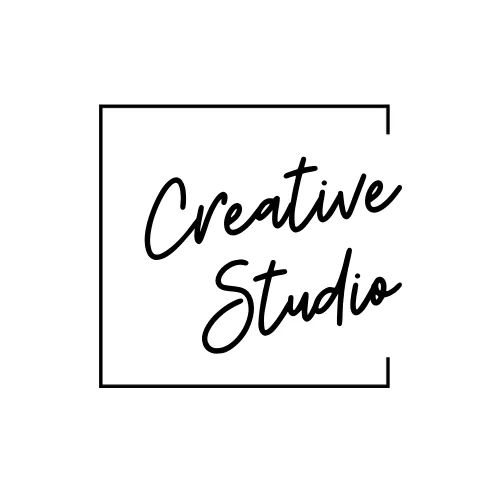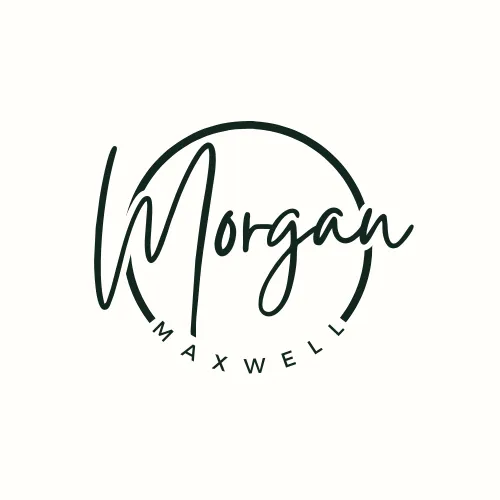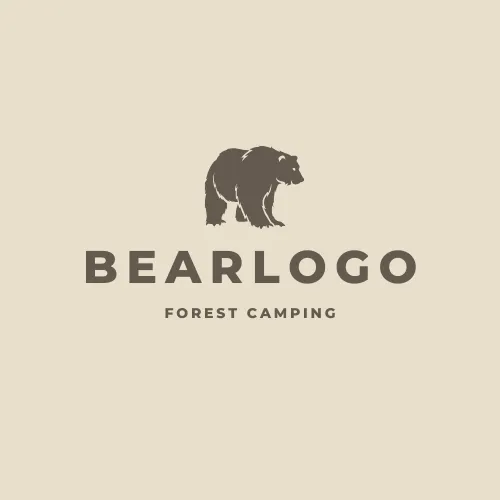Brandfolder vs Google Drive : Which is best for your brand
Start Your Free Trial
Trusted by Modern Marketing Teams Worldwide





Brandfolder vs Google Drive: Feature Comparison
Traditional Brand Management solutions like Brandfolder and Google Drive focus primarily on storage and organization, but fall short on advanced brand consistency and management capabilities—see the table below to discover how Brandlife does it better.
Which Platform Is Right for Your Team?
- Enterprise Marketing teams & CMOs
- Creative & Design Teams
- Consumer Brands & E-Commerce Companies
- Agencies & Marketing Service Providers
.png)
- Small-to-Midsize Businesses & Entrepreneurs
- Remote & Distrbibuted teams
- Educators & Students
- Freelancers & Creatives
.png)
- For Marketing Teams
- For Brand Managers
- For Creative & Design Teams
- For Operations & Project Managers

See How BrandLife Stacks Up Against Brandfolder & Google Drive
.png)
Unmatched Efficiency & Speed:

Seamless Collaboration, Real-Time Results
.png)
True Brand Consistency, Effortlessly
.png)
Maximize Your ROI with Smart Asset Reuse
Hear Directly From Our Users

Operations Manager
"BrandLife has transformed the way we manage our digital assets. The intuitive interface and robust tagging system make it easy for our team to find and share assets quickly. It has significantly improved our workflow and collaboration!"

Communications Manager
"BrandLife has been a game-changer for our non-profit. We can easily store and access our campaign materials and photos from events. The platform's user-friendly design makes it easy for our volunteers to contribute and manage assets."

IT Director
"BrandLife has made it easy for our school to manage digital assets like photos, videos, and educational materials. The platform is secure and user-friendly, making it accessible for both staff and students. A must-have for any educational institution!"

Marketing Manager - Tech Innovations Inc.
"BrandLife has streamlined our corporate branding efforts. With centralized access to logos, templates, and marketing collateral, our team can maintain consistency across all platforms. Highly recommend it for any corporate environment!"

Marketing Manager - Trendy Threads
As an e-commerce business, having a reliable digital asset management tool is crucial. BrandLife allows us to organize our product images and marketing materials seamlessly. The ability to integrate with our website has saved us countless hours!
Switch to Clear Pricing, Cleaner Workflows
Smart search. Real-time collaboration. Multiple brands. Multiple users.
BrandLife is digital asset management done right.

Blonde Studio
It's been great! I struggle to stay organized & it's helped me so much.
Frequently Asked Questions
Brandfolder is a digital asset management (DAM) platform designed for marketing and creative teams, offering structured asset libraries, metadata tagging, and brand governance. Google Drive is a general-purpose cloud storage tool for documents and files. BrandLife enhances Brandfolder’s DAM approach with AI tagging, integrated brand guidelines, and workflow integrations, making it easier for teams to maintain consistency and speed up campaigns.
Google Drive is familiar, simple, and fast to adopt for file storage and sharing. Brandfolder provides more specialized tools for asset-heavy teams but may require onboarding. BrandLife balances ease of use with advanced DAM features, allowing creative teams to quickly find assets, collaborate, and enforce brand standards.
Brandfolder enables commenting, version control, and sharing within a structured DAM, while Google Drive supports basic sharing and commenting but lacks creative review workflows. BrandLife streamlines collaboration with real-time comments, approvals, and workspace separation for multiple brands or teams.
Brandfolder supports brand guidelines and template management to maintain consistency. Google Drive has no native brand governance. BrandLife integrates brand rules directly into the asset workspace, ensuring logos, colors, and messaging are applied correctly without extra manual steps.
Brandfolder provides advanced metadata, filtering, and visual search for assets. Google Drive mainly relies on folder structures and keyword search. BrandLife adds AI-powered tagging and smart search, allowing teams to locate assets instantly and reduce wasted time.
Google Drive offers low-cost, general-purpose plans suitable for small teams. Brandfolder uses quote-based pricing for mid-to-large organizations. BrandLife delivers scalable, transparent pricing designed to grow with creative and marketing teams without the complexity of enterprise DAMs.
Google Drive is best for general file storage, lightweight collaboration, and small teams without strict brand governance or large media libraries.
Brandfolder is ideal for mid-sized to large marketing teams needing centralized asset libraries, reporting, and brand governance features.
BrandLife combines the simplicity of Google Drive with Brandfolder’s structured DAM features. It offers AI-powered tagging, integrated brand guidelines, and workspace separation, making it easier for creative teams to stay organized, collaborate efficiently, and maintain brand consistency across multiple projects.





